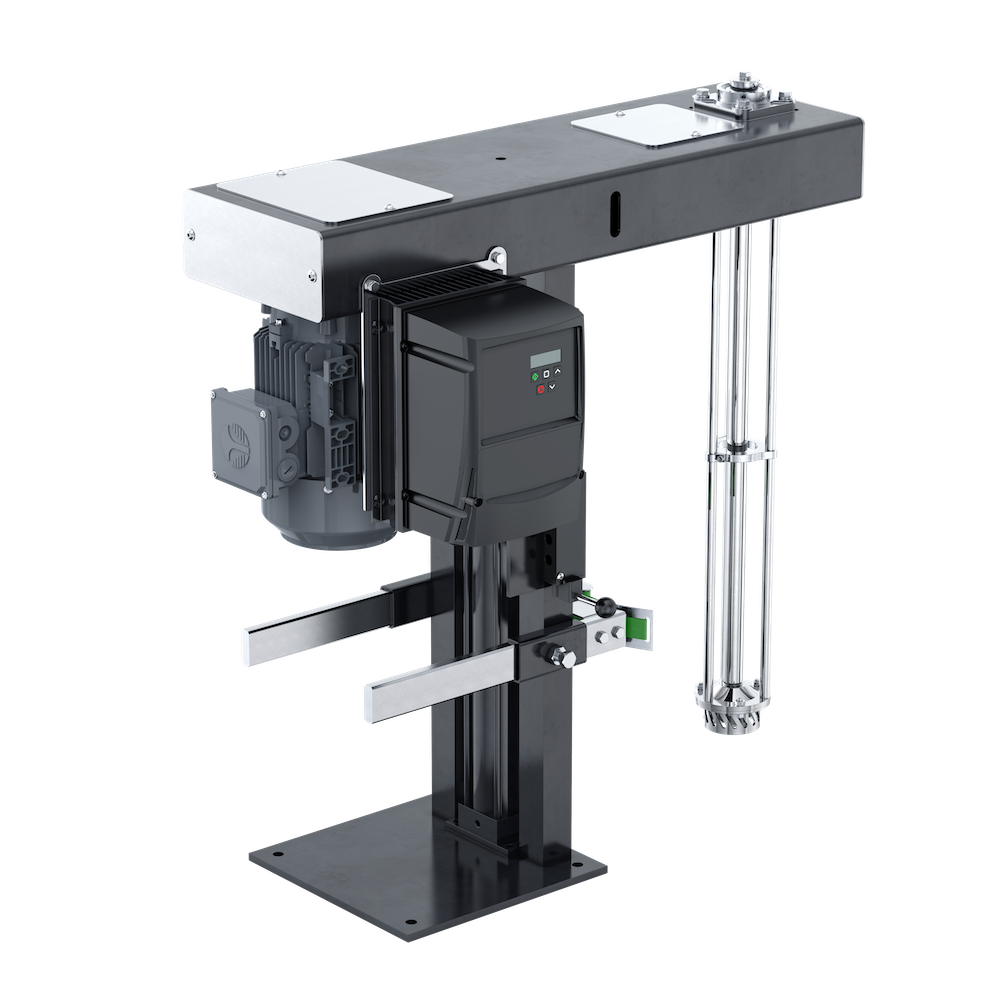The Best Agricultural Mixers for Fertilizer Mixing
Imagine a thriving field where every plant receives just the right amount of nutrients, leading to bountiful harvests.
Choosing the right mixing equipment is crucial for efficient processing and product quality. One of the key factors influencing this choice is the viscosity of the liquid being mixed. In this blog post, we will explore the relationship between liquid viscosity and mixing equipment, helping you make informed decisions early in your buyer's journey.
Viscosity is a measure of a fluid's resistance to flow. It's an essential property that affects how liquids mix and behave under different conditions.
Viscosity impacts several aspects of the mixing process:
Choosing the right mixer involves understanding how different equipment types perform with various viscosities.
Case Study 1: Improving Mixing Efficiency in Cosmetic Production A cosmetic manufacturer was facing issues with uneven mixing of their high-viscosity creams. By switching to an anchor mixer, they achieved a uniform product consistency, reduced batch times, and saw a significant decrease in equipment maintenance needs.
Case Study 2: Optimizing Sauce Production A food processing company struggled with mixing their medium-viscosity sauces. Implementing pitched-blade turbines improved their mixing efficiency, leading to better product texture and faster production times.
Understanding the relationship between liquid viscosity and mixing equipment is essential for selecting the right tools for your production process. By considering viscosity, you can improve mixing efficiency, reduce costs, and enhance product quality.
If you have any questions or need further assistance, please reach out to our team of experts. We're here to help you find the best mixing solutions for your needs.
Imagine a thriving field where every plant receives just the right amount of nutrients, leading to bountiful harvests.

The simplest way to think of mixing is the process of fusing ingredients that are otherwise separate and independent through an external force. The...

The perfect lipstick glides on smoothly. The ideal face cream leaves a flawless finish. A great blush leaves the wearer … blushing.